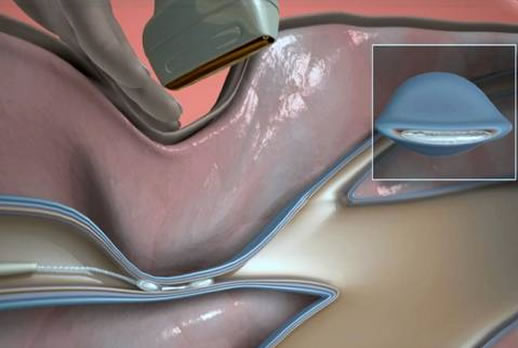The Vein Clinic has been selected as one of the first centres in the UK to offer VenaSeal™ a safe-for-your-body glue to effectively close and treat varicose veins.
VenaSeal is the only vein procedure to use a medical glue to treat varicose veins. This eliminates the need for tumescent anaesthesia and pre-procedure sedatives. Unlike other varicose vein treatments, patients have reported virtually no downtime and little to no discomfort. Since there is no thermal energy being used, there is no risk of nerve damage.
The Procedure
The Sapheon VenaSeal Closure System is a unique, minimally invasive treatment that uses a safe medical glue to quickly and effectively treat varicose veins. Using ultrasound, the surgeon will guide a tiny catheter through a small access site in the skin and into the diseased area of the vein. Next, the VenaSeal dispenser delivers a very small amount of medical glue to close the vein. Once the affected vein is closed, blood is immediately re-routed through other healthy veins in the leg.
Unlike other treatments, VenaSeal does not require anaesthesia to be injected into the leg via multiple needle sticks (tumescent anesthesia), and because there are no pre-procedures drugs involved, patients can return to their normal activities immediately after the treatment. Unlike heat-based procedures, with VenaSeal there is no risk of skin burns or nerve damage. VenaSeal usually does not require any post-treatment pain medication or uncomfortable compression stockings.
Results of VenaSeal
Since VenaSeal is such a new treatment we do not have medium or long-term results available yet. What we do know is that it is 94% successful at one year for the treatment of varicose veins. These results are almost exactly the same as those obtained with the 1-year results of laser and radiofrequency treatments when they were also new therapies some years ago.
Complications of VenaSeal
The risks of the VenaSeal adhesive are very similar to those seen with other treatment methods. Some risks may include allergic reaction to cyanoacrylate, phlebitis, thrombosis, pulmonary embolism, hematoma or infection.

